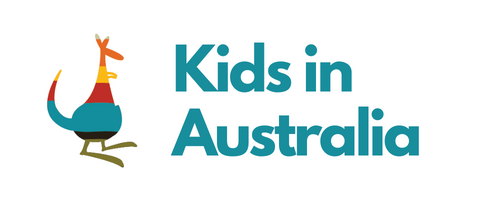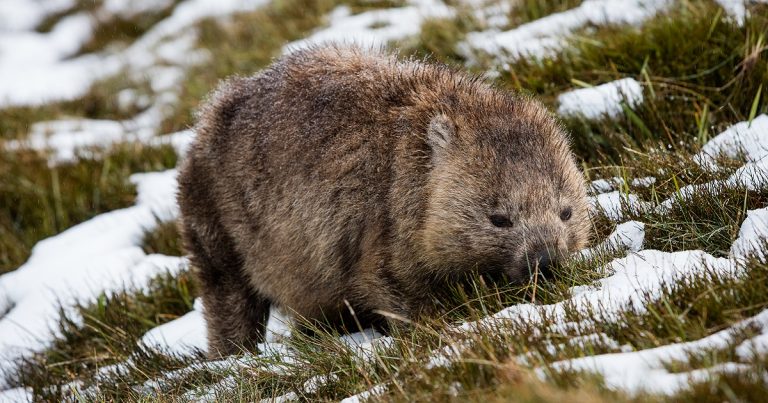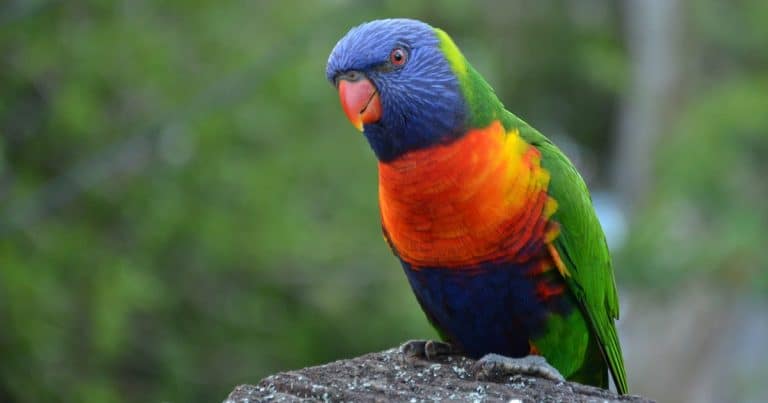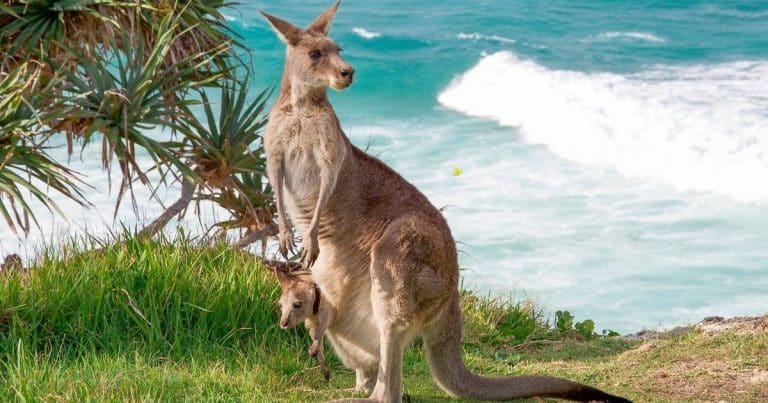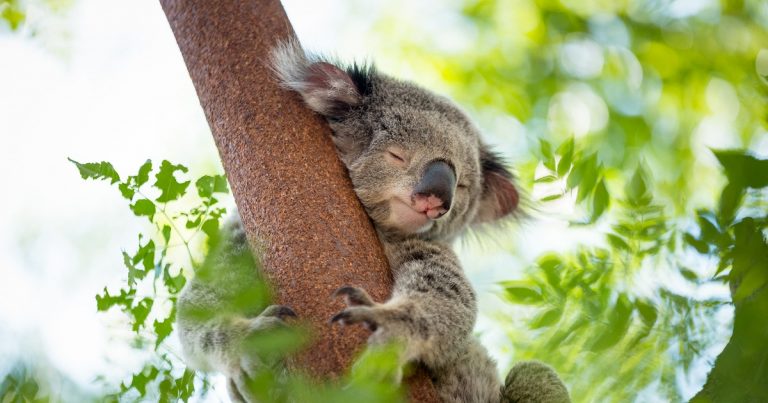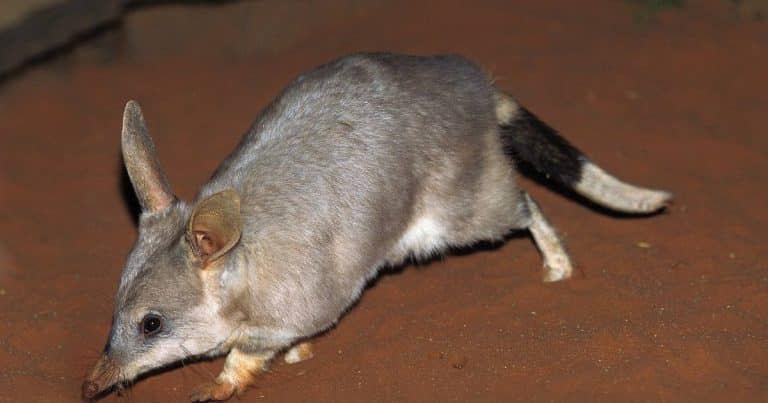Interesting Facts about Saltwater Crocodiles
Crocodiles have been lurking about our land for more than 200 million years and are actually descendants from the dinosaur age. In Australia there are two species of crocodiles which grace our shores; the freshwater crocodile and the saltwater (estuarine) crocodile.
Given the saltwater crocodile is quite aggressive and one of the most dangerous crocodiles on earth, it definitely a creature you don’t want to get too close too. To find out more (from a safe distance), read on to discover interesting facts about saltwater crocodiles.
Ten Facts About Saltwater Crocodiles
- The saltwater crocodile is the largest living reptile in the world.
- Saltwater crocodiles can live up to 70 years (sometimes even longer)
- A group of crocodiles on land is called a bask, and in the water are called a float.
- Saltwater crocodiles are very dangerous (to animals and humans)
- Crocodiles are cold-blooded and cannot sweat.
- The majority of saltwater crocodiles in Australia can be found in northern Australia, due to the warmer climate.
- Saltwater crocodiles have two sets of eyelids.
- The snout of a saltwater crocodile is thicker and broader than that of a freshwater croc.
- Saltwater crocodiles can be found in both saltwater and freshwater.
- Crocodiles are polyphyodonts, which means they can replace each of their teeth up to 50 times in their life!
Collective Noun
A collective noun is a word which refers to a group of things, animals or people.
The collective noun for a group of crocodiles on the land is called a ‘bask,’ but if they are in the water they are referred to as a ‘float.’
What is Special About Saltwater Crocodiles?
The saltwater crocodile is a dangerous but fascinating creature.
Firstly, they are a predator to anything they face – although they prefer smaller things like fish, turtles and birds, they will take down anything that gets in their way (and that includes humans).
Crocodiles are also cold-blooded, which means they do not produce their own heat. So, when you spot one resting on the riverbank with their mouth open, you know they are trying to cool off. The warmer climates of tropical Queensland and Northern Territory is the ideal place for these creatures.
What is the difference between saltwater and freshwater crocodiles?
If you were to see two crocodiles together, would you be able to tell the difference between a saltwater croc and a freshwater croc?
The main difference between the two is their appearance. Salites are usually larger than freshies but also it’s in the nose. Saltwater crocodiles have a thicker and broader snout, while the freshwater crocs have a longer and thinner snout.
If you were to get close enough to see their teeth you would also notice that the teeth of a saltwater crocodile are vary in size and their jawline is uneven, will the teeth of freshwater crocs are more uniform and the jawline is straighter.
Saltwater Crocodile Appearance
The saltwater crocodile is one of the largest living reptiles, with four short, but powerful legs.
The colour of a crocodile varies, depending on the age of the animal and where they live. Colours range from olive-brown, to grey and to very dark (almost black) with mottling. The underside of a saltwater crocodile is not dark though, it is cream-coloured.
When it comes to their head, saltwater crocs have a very large one, with the ears, eyes and nostrils located on the same plane as the top of the head. This is handy as it allows the croc to see, hear and breath while mostly hidden underwater.
Crocodiles have a pair of eyes, and interestingly have two pairs of eyelids; one normal set and another clear set which protects the eyes when they are underwater. Just behind the eyes you will find the ears, which have little flaps that close when the croc is underwater.
If you were to look closely at a croc you would see they have between 64 – 68 teeth in their mouth and if they were to break or lose a tooth, they will just grow another one in its place.
Like most species, the male saltwater crocodile is usually larger than the female, with females growing up to 3m long, while the males can grow to a whopping 6m. Weight wise, females can weigh up to 150kg, while the males are heavier coming in at 200-300kg.
Where Do Saltwater Crocodiles Live?

Interestingly, saltwater crocodiles, despite their name can be found in both saltwater and freshwater areas.
Areas which saltwater crocodiles inhabit (live in) include creeks, waterholes, coastal rivers, wetlands, beaches, oceans, island shorelines, swamps and lagoons. Crocodiles are considered an aquatic animal, and as such they spend most of their time in the water rather than on dry land.
In Australia you will find the majority of saltwater crocodiles in the northern parts of Australia, aptly name ‘Croc Country.’ The area begins just south of Gladstone, and extends northward, up the coast and across to the Northern Territory border. Having said that saltwater crocs can also be found outside these areas as well.
Outside of Australia saltwater crocodiles can also be found in Papua New Guinea, Indonesia, Singapore, Malaysia, Sri Lanka, Philippines, India, Bangladesh, Vietnam, Thailand, and many other islands in the Pacific and Indian Oceans.
What Do Saltwater Crocodiles Eat?
When it comes to food, saltwater crocodiles will feast on almost anything they can overpower. Waiting at the water’s edge, the crocodile will use ambush tactics to capture its prey, usually when they come to the water to drink.
The crocodile will lunge and try and eat their prey whole. If this is not possible, usually due to size, the croc will drag it into the water and do a ‘death roll’ until it dies. The crocodile may also shake their head from side to side in an attempt to kill the prey or at least break parts of it off to eat.
The preferred food of saltwater crocodiles is fish, but they will also eat turtles, birds, snakes, and goannas. Larger animals like wallabies, dogs, cows, horses, buffalo and wild boar may also be snapped up and feasted on, and occasionally saltwater crocodiles will even eat a human (which is why you must always obey they warning signs were crocodiles are known to live).
How Long Do Saltwater Crocodiles Live?
Saltwater crocodiles have a relative long lifespan. If they can survive as a hatchling, it is thought they can live for up to 70 years, though some crocodiles have lived even longer!
Are Saltwater Crocodiles friendly? Can they be kept as a pet?
Saltwater crocodiles are very dangerous and can grow quite large, so they’re not friendly and should not be kept as a pet. In fact, it is illegal to keep a crocodile as a pet. Having said that, in some parts of Australia, permits are available to keep them for other purposes such as farming or education.
How Many Saltwater Crocodiles are Left in the Wild?
It is hard to know exactly how many saltwater crocodiles are left in the wild, but it is thought there are more than 200,000 salties in Australia. Previously they were hunted for their skins (which were considered the best hide in the world), but due to dwindling numbers, hunting of crocodiles in many countries (including Australia) is now illegal. Unfortunately poaching does still exist, but here in Australia the population of saltwater crocodiles is flourishing.
Baby Saltwater Crocodiles

The mumma saltwater crocodile will lay a clutch of eggs (approximately 30-70 eggs) and depending on the temperature at which the eggs are incubated, they will become boys or girls. When the eggs hatch the baby crocodile is called hatchling (which makes total sense).
Sadly though, young crocodiles can often be eaten by animals like feral pigs, goannas, birds, fish, and even other crocodiles, so surviving this age can be quite tricky.
Hatchlings and juvenile crocodiles fill their tummies eating small reptiles, insects, frogs and small fish.
Kids’ Books About Saltwater Crocodiles
There are some wonderful kids’ books about saltwater crocodiles including:
- Nipper the Crocodile by Eve-Marie Welsh
- Crocodile River by Diana Lawrenson
- Cranky Crocodile by Rebecca Johnson
- Saltie Mumma by Sandra Kendell
Where Can I See a Saltwater Crocodile Near Brisbane?
If you want check out a saltwater crocodile with your very own eyes near Brisbane you can visit one of the following zoos/sanctuaries:
- Australia Zoo
- Currumbin Wildlife Sanctuary
- Lone Pine Koala Sanctuary
- Wildlife HQ
References and Further Reading
https://becrocwise.nt.gov.au/about-crocodiles/saltwater-crocodiles
https://australian.museum/learn/animals/reptiles/estuarine-crocodile/
Meaghan Brightwell
Latest posts by Meaghan Brightwell (see all)
- Interesting Facts about Saltwater Crocodiles - October 7, 2024
- Travelling on the Spirit of Tasmania with Kids - October 17, 2023
